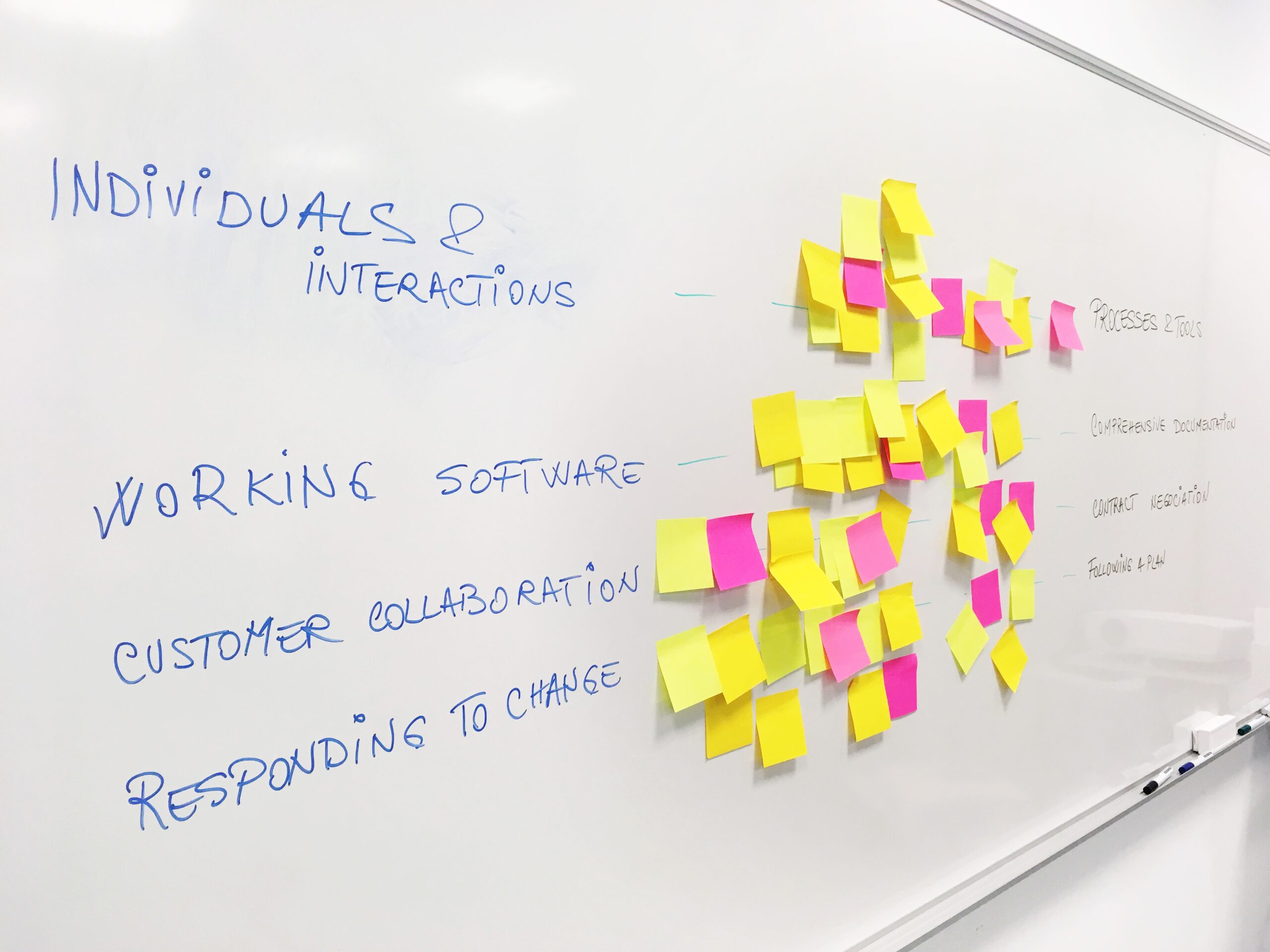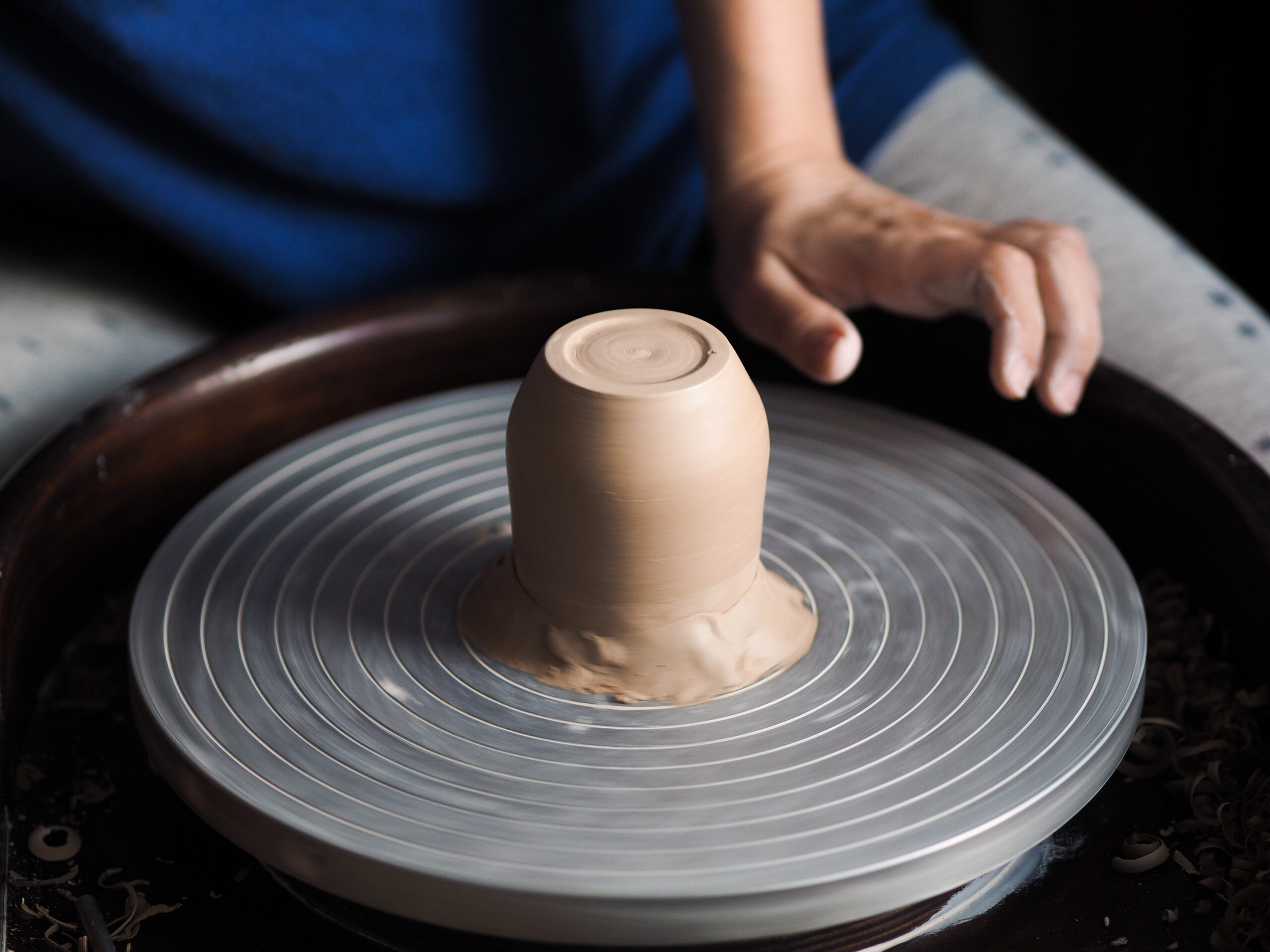5 Design Sprint Phases: The Best Method to Quickly Test Your Ideas
The demand for new innovations and ideas is growing daily in this digital age. Many companies strive to create innovative products, startups emerge quickly with new ideas, and user needs grow along the way. However, not all ideas are useful for bringing to life. An idea should go through various phases that may take a long time to actually become useful.
So, how do we test an idea quickly without having to spend months dwelling on it? And how does a team know what idea is worth continuing or not before wasting resources? Well, these questions lead to the emergence of a new method called design sprint. It is a method designed to change raw ideas to a ready-to-test prototype in just five days.
Therefore, this article will explain in detail what a design sprint is, why this method is important, and the practical ways to apply it to validate an idea quickly and efficiently. Without further ado, let’s dive straight into it!
Table of Contents
What is a Design Sprint?

Like we mentioned before, design sprint is a structured method that helps teams turn ideas into prototypes and test them in just five days. This approach was first developed by Jake Knapp at Google Ventures (GV) in the 2010s and quickly became one of the most popular ways to accelerate the innovation process in the world of technology and product design.
This method is different from a traditional process, like the waterfall approach or lengthy design cycle. While those methods take weeks or even months to finish, the design sprint method focuses on speed, collaboration, and real results. In five days, your team will go through phases starting from problem statement, ideas gaining, best solution choices, and prototype creation to test the idea with real users.
This method answers these two biggest challenges in product development:
- Validating ideas before investing too much time and money.
- Ensuring the solutions offered are suitable for the users.
Interestingly, design sprint is not just a method for designers or technology startups. Many large companies, educational institutions, and non-profit organizations have adopted this method to test ideas.
The Design Sprint Method: 5 Phases

Design sprints are designed to be completed in five days. Despite the short time frame, this method is capable of providing an in-depth assessment of whether an idea is feasible to develop or not. Here is the complete explanation:
First Day: Understand (Problem Understanding)
The first design sprint phase is “understand.” This method starts by understanding the overall problem you want to solve. The whole team—starting from designers and developers to product managers and stakeholders—gathers to speak out their perspective. The goal of this phase is clear: all parties involved should have the same understanding about the challenges and targets they want to achieve.
In this phase, methods like 360 Lightning Talks and User Journey Mapping are often used to lay out the users’ journeys thoroughly.
- 360 Lightning Talk
This method lasts for 60 minutes. Each participant should share their knowledge about the upcoming product. Things they can talk about can be regarding the project vision, users’ views, competitor analysis, and the technology used. This process is done alternately from one person to another. Additionally, there will be a moderator that takes notes of insights from the team members for the materials of the next discussion.
- User Journey Mapping
This method visualizes the user’s interaction journey with the product or service from beginning to end. This step helps the team in understanding and identifying pain points and seeking chances to repair them through action, cognition, and feel mapping of users at each level.
From here, your team will have found the most urgent pain points to solve. On this first day, there has to be an agreement about the focus and the target of the upcoming product/service.
Second Day: Diverge (Idea Creation)
After understanding the problem, the second day of the design sprint will focus on idea creation as much as possible. This process is also known as the diverge phase. It is a phase where the team members are encouraged to think without having to be afraid of making mistakes. At this stage, each member must make a solution sketch to gather different views. The end result of the “diverge” phase will be a collection of ideas that are ready for further consideration.
The Diverge methods that are often used are as follows:
- “How Might We” Formula
This method contains some opening questions that stimulate the team to generate ideas and solutions collaboratively by changing the problem into a positive question.
Example:
Problem: Users have found it difficult to bring ice creams in their hand.
HMW: How do we redesign the ice cream packaging to make it easier to bring?
- Crazy Eight
This method triggers the participant to work individually and generate eight different ideas in eight minutes. The purpose of this method is to acquire as many ideas as we can in a short time.
Third Day: Decide (The Choosing of the Best Solution)
The third day is the “Decide” stage. Out of all the ideas developed on the second day, the team should filter and select the best solution that is most likely to succeed. Typically, a decision maker—a manager or a significant stakeholder—will make the final decision. The team will acquire one of the most promising ideas from this phase and develop it into a prototype the following day.
Methods used in the “diverge” phase as as follows:
- Dot Voting
This method begins with team members voting by placing a “dot” next to the ideas generated during the brainstorming session. The purpose is to choose the best solution out of all options.
- Heatmap Voting
Heatmap voting is a voting process that creates a heatmap visualization, showing the areas with different colors. Hotter or darker colors indicate that the area has more votes compared to cooler or brighter ones.
Fourth Day: Prototype
The fourth day is all about quick execution. The team starts to change the chosen idea into a realistic prototype to be tested while making sure that the process does not take a long time. Typically, designers will lead this process, supported by developers or product managers to ensure it aligns with the initial purpose.
There is no certain method used in this phase, as prototyping is fully in the control of people with design expertise. However, this phase will utilize Figma or InVision to quicken the interactive prototype creation. The goal of this phase is to generate an initial product we can use in the next phase.
Fifth Day: Validate (Prototype Testing)
The final stage in a design sprint is testing the prototype with real users. This process is critical because it provides direct feedback from the people who will actually use the product or service.
The methods used in the “validate” phase include user interviews or direct observation. These methods directly help the team understand how users interact with the prototype. The result of the validation stage, which is also the final outcome of the five stages of the design sprint, is to provide data and insights on whether the idea is worth pursuing, needs improvement, or should be completely abandoned.
Why is Design Sprint Important?
 Because of the fierce competition in the digital age, many businesses must carefully choose when to introduce a product or innovation. Furthermore, a company that aims to generate creative products, such as Din Studio, cannot afford to waste months determining whether a concept is worth developing. As a result, this design sprint process is undoubtedly essential, particularly given the following key roles:
Because of the fierce competition in the digital age, many businesses must carefully choose when to introduce a product or innovation. Furthermore, a company that aims to generate creative products, such as Din Studio, cannot afford to waste months determining whether a concept is worth developing. As a result, this design sprint process is undoubtedly essential, particularly given the following key roles:
Saving time and reducing business risks
As the whole process only lasts five days, the design sprint helps the team identify potential solutions quicker before doing some big investments. Imagine having an idea that has been developed for months fail in the testing process. What emotions would you experience? The design sprint method greatly reduces time and resource exhaustion.
Enhancing the collaboration across teams
In one design sprint process, there are many parties involved. Starting from the designers and developers to product owners and stakeholders, all gather to solve the problem. This situation helps break the long chain of communication that often happens in large-scale projects.
Knowing quickly and correctly the target market
The “understand” phase helps the team map who the main users of the products or services will be. Then in the last phase, the prototype will be tested directly. The result will lead the team to gain real knowledge about user demand, not just an internal assumption or basic theory.
Giving answers to problems quickly
The design sprint method enables the team to avoid arguing over the problems or seeking ideas. With the five-day process, one team can test the prototype in a short time and gain data-based answers, ensuring everything is more accurate.
Encouraging innovation
The design sprint method creates a safe space for the team to experiment. Its short and structured process encourages team members to try new ideas without the fear of wasting time and money. This makes product development easier and also fosters the team’s creativity.
Overview: Design Sprint as a Quick, Innovative Solution
The design sprint method appears to be an innovative method that solidifies the idea validation process in just five days. With a clear structure—problem understanding, idea creation, solution finding, prototype building, and direct user testing—this method can help one team gain the real answer to a problem before starting to invest big resources in them. Aside from its speedy process, the ability to make cross-team collaboration and to gather relevant data and insight also make this method one of the best ways to test an idea.
Now, it’s time for your team to feel how the design sprint method quickens the idea validation process and reduces the risks of product failure. Start now, test your creative ideas, gain real insights, and create a quick and never-before-seen innovation.
Share on:
Free Resources
Recent Post
- Explore the Vibrant World of Pop Art: History, Characteristics, and Influence
- 5 Design Sprint Phases: The Best Method to Quickly Test Your Ideas
- Top 7 Graphic Design Job Recommendations & How to Land Them Like a Pro
- Playful Logo Design: Real Case Studies from 6 Iconic and Beloved Global Brands
- Brandmark Logo: Symbols as the Powerful Tool for Branding




